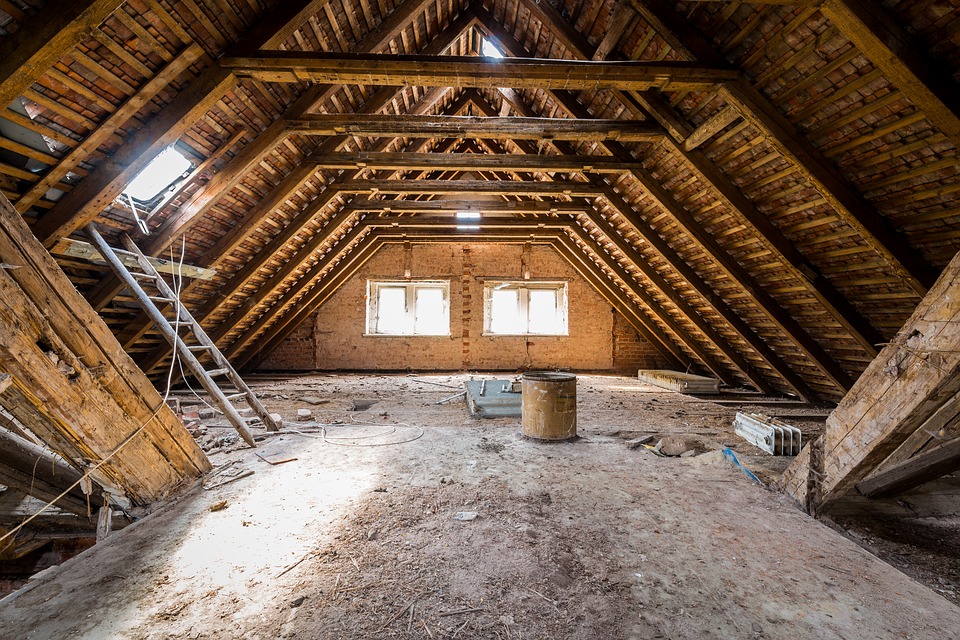A solid roof protects your home from the elements, so it’s no surprise that your roof might look a little worse for wear. But how do you know when your shingles have crossed the line from daily wear and tear to needing a full on replacement?
How long a Roof lasts
When evaluating the structure of your roof, it’s important to know when it was last replaced. Asphalt shingles, the most common covering in Western Canada, have a lifespan of roughly 20 years. Although some roofing materials might claim to last a lifetime, the truth is that weather, maintenance and environmental conditions all impact how well your roof ages.
The good news is that damage stemming from extreme weather conditions, including hail, wind or falling debris maybe be covered by your house insurance policy. However, most roofing sees its end not from a sudden natural disaster, but from years of slow weathering. Therefore, it’s important to pull out a ladder or set of binoculars at least once a year to inspect your home’s exterior for wear and tear.
What to look for Outside:
Curling Corners
While age does play a role in curling shingles, this behavior can appear at any point in a roof’s lifecycle thanks to improper installation, poor attic ventilation or defective shingles. Whatever the reason, when shingles cup or bend, your roof is no longer able to provide an effective barrier against the rain
Cracked and Missing Shingles
Damaged and missing shingles typically occur from wind damage. The good news is that if only a few shingles are affected, they can easily be replaced without redoing your entire roof. If large patches are missing or damaged, however, it may be a sign that replacement is in order.
Balding Shingles
Are your shingles shedding? Granules play an important role in protecting shingles from heat and light damage. While it’s normal for new asphalt shingles to lose granules, excessive shedding on an older roof is a sign that shingles are deteriorating faster than normal, and their quality should be monitored.
The presence of moss can damage granules. While it’s difficult to remove moss completely, zinc strips, or washing your roof with a solution that’s one part bleach and one part water can help to control the spread.
A Sagging Roof
Roof depressions are a good indicator that water has been leaking in and structural damage has taken place. If your roof is sagging in spots, it’s best to get in touch with a roofing expert immediately.
What to look for Inside:

Don’t forget to check your attic regularly for signs of wear and tear inside your home. The appearance of sagging and/or wet spots can let you know if things are worse than they appear on the outside.
Signs to check for inside your attic include:
- Water damage or signs of mold growth
- Visible light coming in from outside – if light can get in, so can rain, cold and snow!
- Sagging boards
Your roof is vital to protecting the integrity of your house – not to mention the contents and inhabitants within! Fortunately, with regular inspections and maintenance, you can keep potential roof problems under control.
For more information on what coverages our insurance policies provide for your home, contact one of our friendly insurance brokers today!
